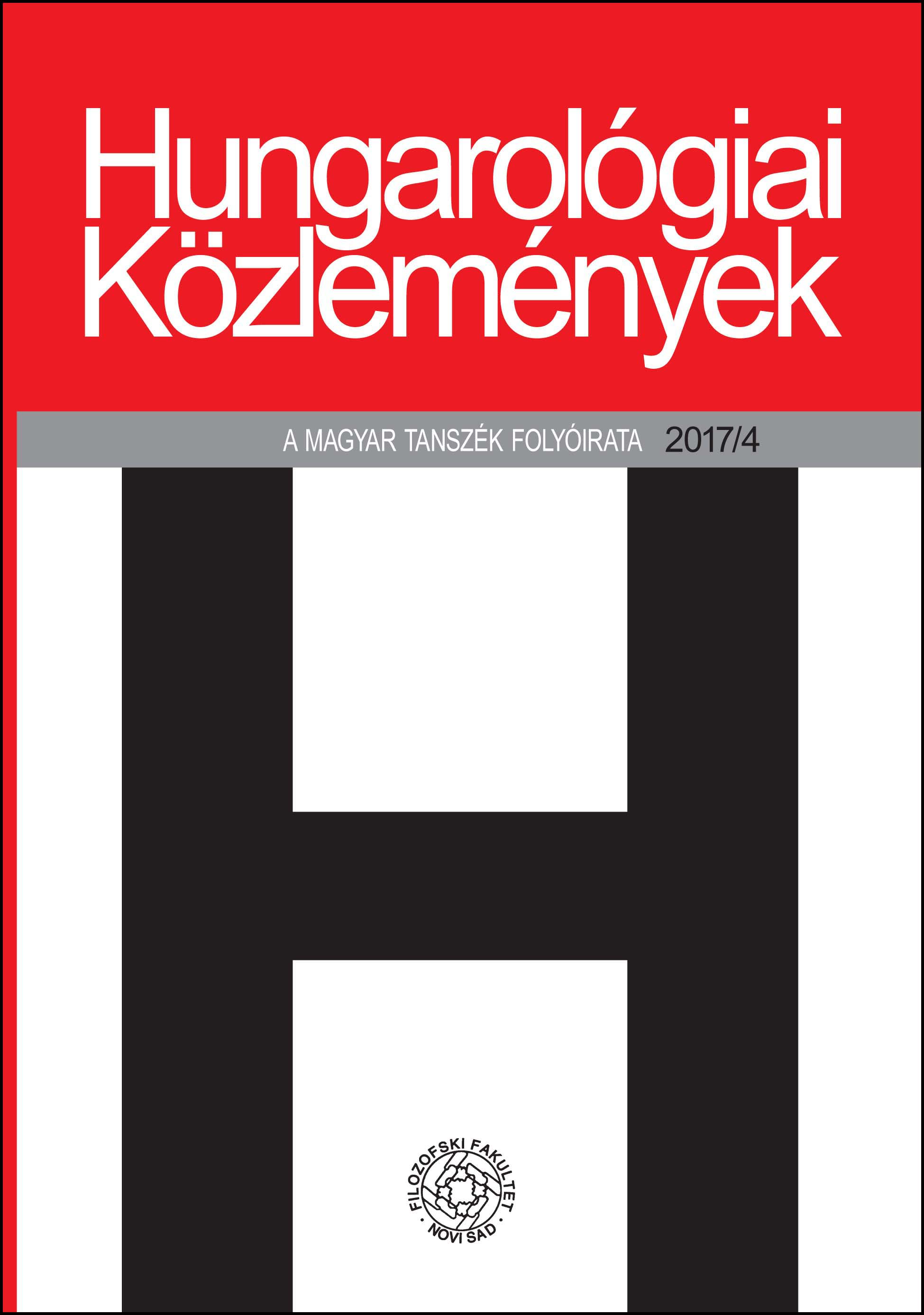A nem látott képek vizuális poetikája
Visual Poetry of the Unseen Pictures
Analysis of the poem A bonyhai grotta
Author(s): Attila ThimárSubject(s): Hungarian Literature, Theory of Literature
Published by: Филозофски факултет, Универзитет у Новом Саду
Keywords: Berzsenyi; history of visuality; prosodic analysis; Romanticism; poetics
Summary/Abstract: During the Romantic era in Hungarian literature works which were able to associate the verbal and visual became especially significant, and the task of verbal depiction of visual elements had become a real challenge. Dániel Berzsenyi was very efficient at it at the height of his poetic career as well as later when he wrote his theoretical papers, and also in his great dissertation Poétai harmonistika, which he wrote towards the end of his life. The poem A bonyhai grotta is a good example of a poetic accomplishment which connects the visible with the utterable world, what more, of the problem of verbal reproduction of an “unseen picture”. The poem was written when the poet learned that a countess from Transylvania vowed that she would have a poem of his engraved in a marble plaque and place it into a grotto built for this purpose. The poet created his poem without having seen the grotto to be built or having met the countess. The study analyses lessons learned from this unusual poetic situation by making a comparison between the visual structures of A bonyhai grotta and the poem which gave rise to its writing.
Journal: Hungarológiai Közlemények
- Issue Year: 18/2017
- Issue No: 4
- Page Range: 32-40
- Page Count: 9
- Language: Hungarian

